An entire city becomes host and stage of the biggest puppet festival in Japan. What began in 1979 with a few troupes and a few shows has today grown into a huge event that spreads across 4 days, 400 shows, and an attendance of 40,000. Tamiko Onagi, President of Unima Japan, has reported that this year the festival sold 12,000 tickets for free attendance to the shows (for amateur puppeteers and other stakeholders).
This year, Festival participants have expressed clearly against Nuclear Power. A rock n’roll show created by a group of puppeteers from different companies, including the Puk Theatre of Tokyo, has been presented as one of the highlights of the Festival. Here you can see a short film about the show (caught by Tamiko Onagi).
Organizing Committee announced the next year period of Iida Puppetry Festa: from 6th of August to 11th of august 2013, special issue for Asian Puppetry.
The Iida Festival
Iida Puppet festival brings together puppet theatre troupes from across Japan, Asia, and as far away as Europe for a fair that features every form and style of puppetry from traditional bunraku and hand and shadow puppets to newer forms of object theatre, pantomime, and ventriloquism. Audience of all ages will be amused, entertained, and enchanted as hand puppets, string puppets, marionnettes, actors and objects come to life in classic tales of fairy, folk and fantasy, or comedy and comtemporary drama.
besides the puppets shows held at 120 venues across the city, there are also parade, workshops, and a midnight theatre. Audience and entertainers as well as organizers and the people of Iida will join hands to ensure that this annual event continues to be a spectacular success.
Iida City and Puppetry
Iida is a central city located in southern Nagoya Prefecture that is blessed with a rich natural environment and four very distinct seasons. The Southern Japan Alps rise from the east side of Iida sky,, and the Central Japan Alps rise from the west side. Also, Iida’s geographical proximity to Nagoya City boosts its activities, economic prosperity and cultural enhancement.
Approximately 300 years ago, a puppets show known as “Ningyo Joruri”, popular during the Edo Period(1603-1868) was introduced to Iida. around that time, people from the mountain district earned a living from tree logging, and farmers made silk thread from silkworm farming. They enjoyed Ningyo Joruri during the agricultural off-season.
Many of Iida’s people learned puppetry from puppeteers in traveling troupes and formed their own troupes. Puppetry came to be the theme of a local festival. Of the many troupes formed back in those days, there are now four left in the areas like Kuroda and Imada.
These four troupes are now working to preserve and protect the puppetry tradition for future generations. The people of Iida have always enjoyed watching, playing and supporting the performing arts. This characteristic is still being passed toward the present generation.
The History of Iida Puppet Festival
In 1979, Iida Puppet Festival started out as “Puppetry Carnival Iida”, drawing people who love puppet shows, both professional and amateur, from all over Japan. Setting up a the theatres at multiple areas for decentralized performances was revolutionary idea that high-lighted a relationship between different areas. In 1986, the puppet show event began to globalize when Iida held an international puppet festival and UNIMA
(Union Internationale de la Marionnette) Asian Conference. The carnival archived high approval and Iida became known as “the city of puppet shows”. In 1998, after the evaluation and verification of 20 years of history, the carnival took on a fresh new start as “Iida Puppet Festival”. Every ten-years since 1998(1988, 1998, and 2008), Iida has held a World Puppetry Festival, putting on the finest selection of puppetry shows as chosen by members of Japan Puppeteers Association and by the citizens if Iida.
Distinctive Aspects of Iida Puppet Festival
During the festival, real-life settings like community halls, assembly houses, shrines, temples, kindergartens asn schools turn into puppet theatres. These venues are run by planning committees organized by local residents. Puppet shows supported by local people are performed in everywhere in the city. This is the most distinct aspect of Iida puppet Festival. Audiences, puppeteers and workers all participate in the festival by purchasing participants’ badges. The badges symbolized “everybody’s festival” aspect of the festival. Those who enjoyed the Puppet Festival when they were young have become parents and now enjoying it with their children. After more than thirty years, the puppet shows of iida have been handed down from parents to children and grandchildren over generations. Over time, love for puppetry has been passed down, connecting generations.
(Information sent by Tamiko Onagi, President of UNIMA Japan)

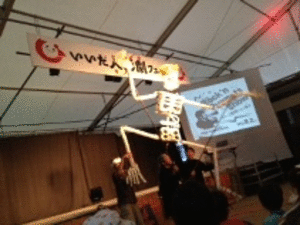
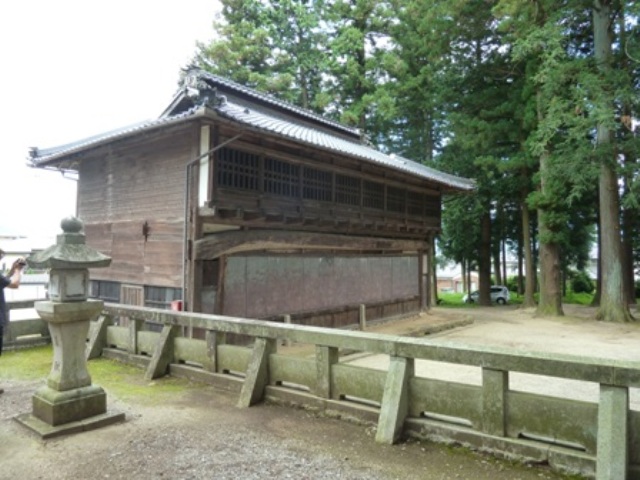
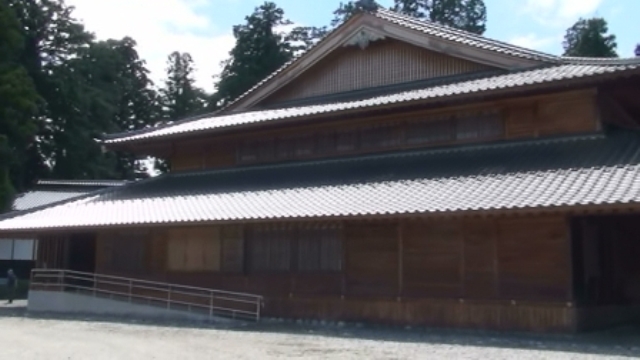
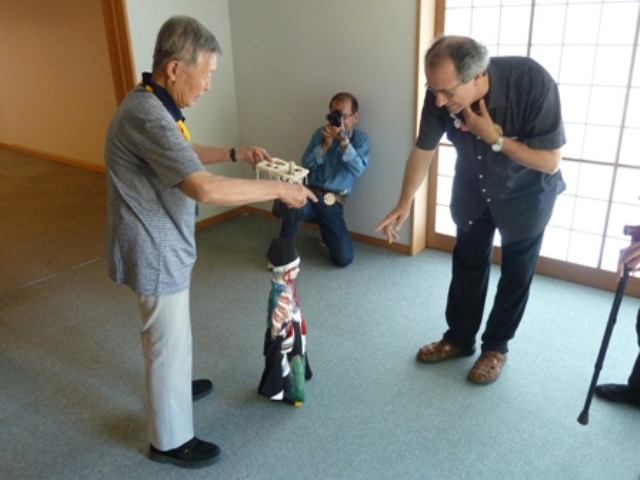
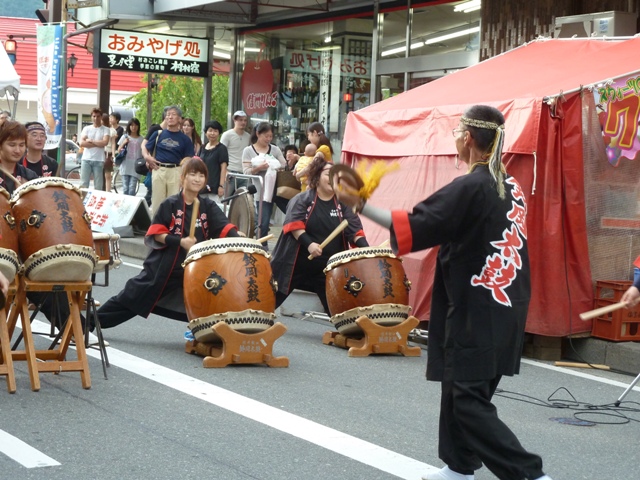
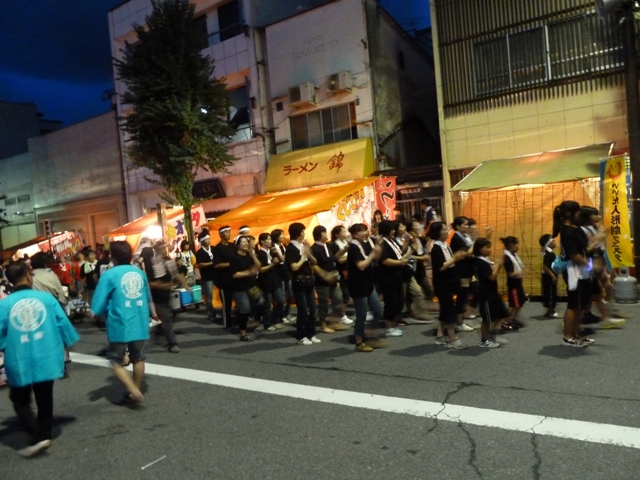
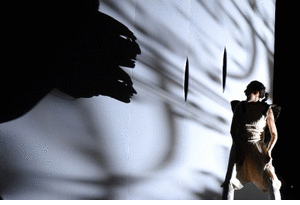
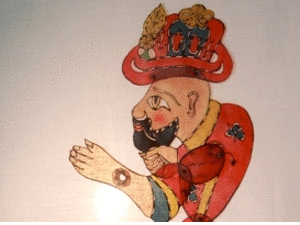
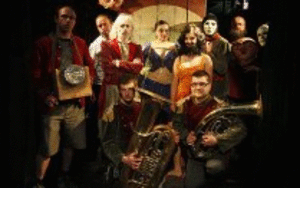
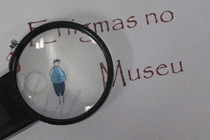




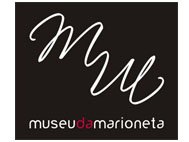
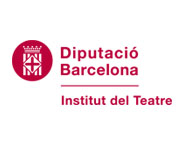


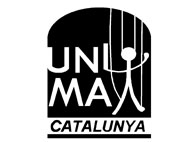







Thanks! See our updates on Facebook: https://www.facebook.com/pages/Puppetring/260847307340625?ref=hl